

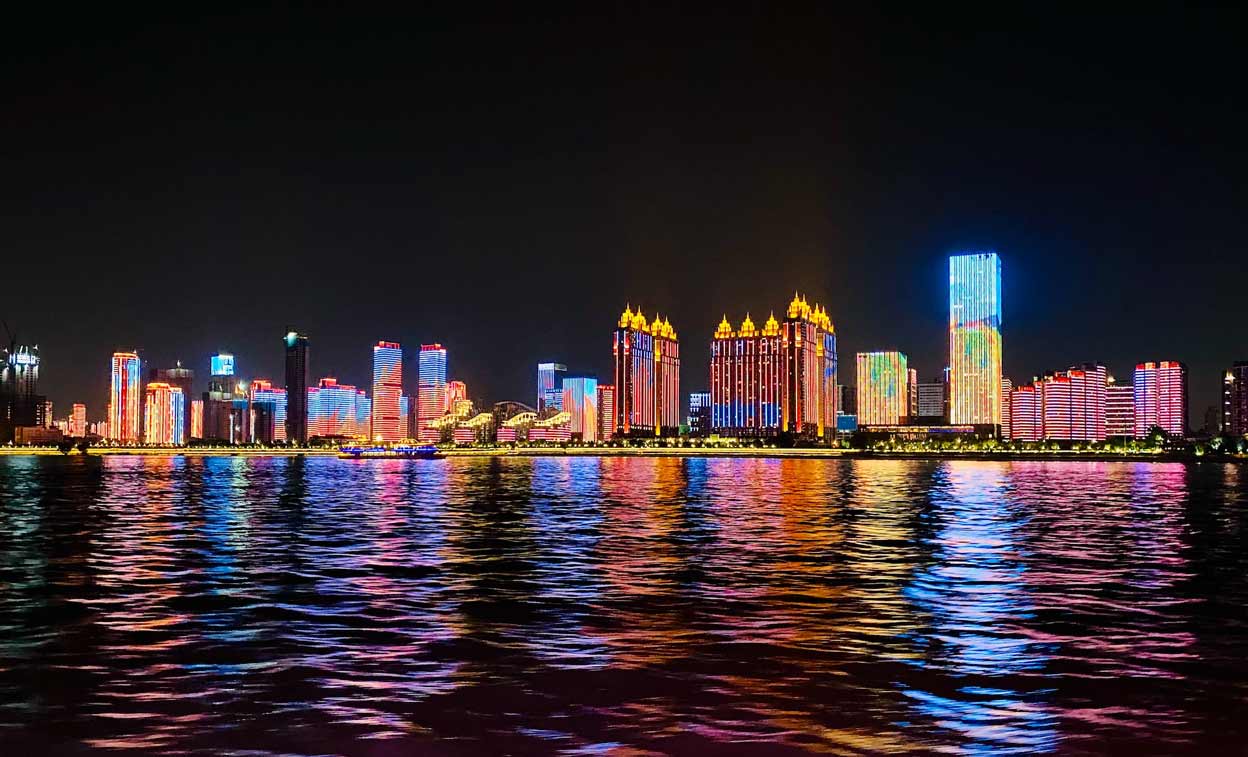
Prepare to explore the vibrant city of Wuhan, the beautiful capital of Hubei province in China. Whether you’re planning a visit or simply curious about this bustling metropolis, you’ve come to the right place for all the essential information. From its strategic location along the banks of the Yangtze River to its rich history, cultural significance, and mouthwatering cuisine, Wuhan offers a unique blend of tradition and modernity. Join us as we embark on a journey to unravel the wonders and secrets of this remarkable city. Let’s dive in and discover everything you need to know about Wuhan!
Wuhan is located in central China, straddling the banks of the mighty Yangtze River. It lies at the crossroads of several major transportation routes, making it a hub of commerce and cultural exchange. The city is situated about 1 150 kilometers (715 miles) west of Shanghai and approximately 880 kilometers (550 miles) east of Chongqing. Its strategic location has played a significant role in Wuhan’s development and its status as a major economic and transportation center.
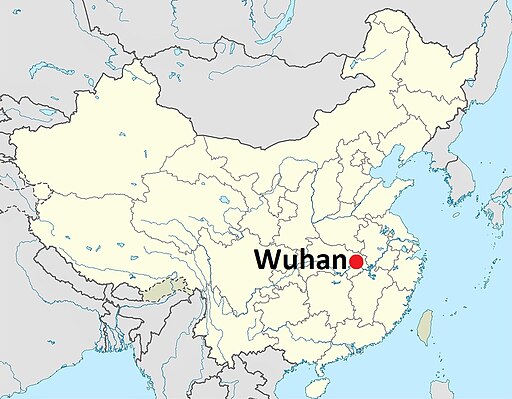
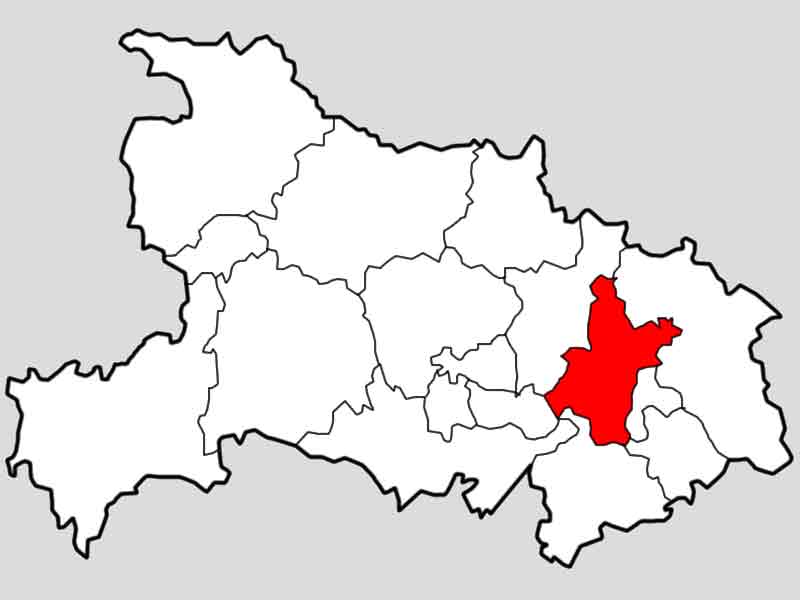
Wuhan is situated in Hubei province, which is known for its rich history and natural beauty. Hubei’s name translates to “north of the lake,” referring to its geographical position north of the majestic Dongting Lake.
The province is often referred to as the “Land of a Thousand Lakes” due to its numerous picturesque water bodies, including East Lake in Wuhan, which adds to the city’s charm. Hubei is also home to stunning landscapes such as the Three Gorges region along the Yangtze River, attracting nature lovers and adventurers alike.
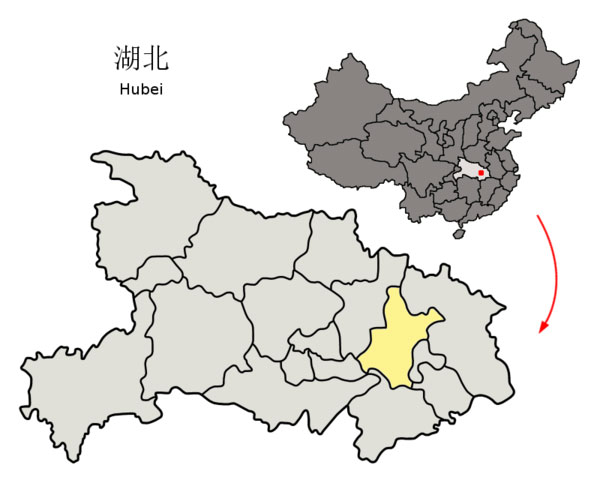
Absolutely! Wuhan proudly serves as the capital city of Hubei province. As the political and administrative center, it plays a crucial role in shaping the region’s development and growth. The city’s status as the capital has brought about numerous opportunities for business, education, and cultural exchange, further solidifying Wuhan’s significance within the province and the country as a whole.
Wuhan is home to a vast population of approximately 11 million people. As one of the most populous cities in China, it exudes an energetic and lively atmosphere that reflects its urban beauty. The diverse population of Wuhan contributes to its cultural vibrancy and offers a unique blend of traditions and customs. Exploring the city streets, you’ll encounter a melting pot of people from different backgrounds, adding to the richness of the local culture.
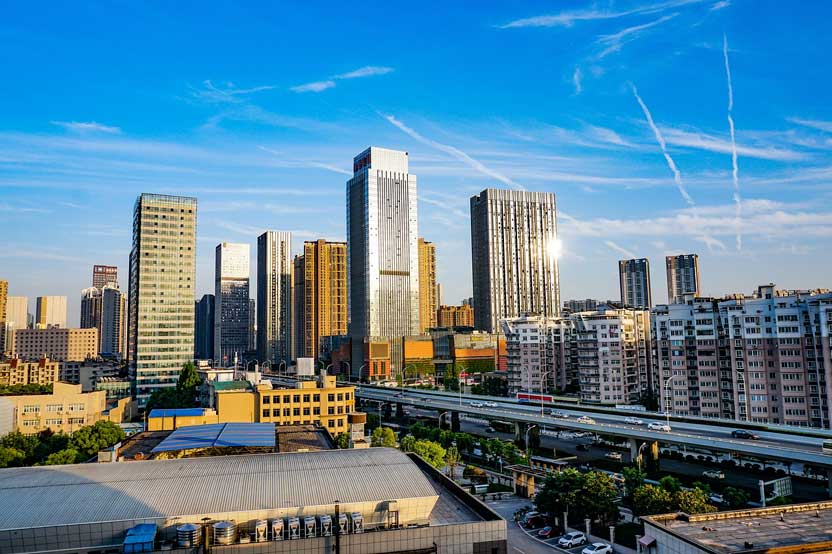
Wuhan covers an expansive area of about 8 494 square kilometers (3 279 square miles). It has experienced significant urban development, with its landscape evolving into a captivating blend of modernity and tradition. The city is divided into three main districts:
Each district has its own distinct character and attractions.
Wuchang, located on the south bank of the Yangtze River, is known for its historical landmarks, universities, and cultural institutions. Hankou, situated on the north bank, is the commercial heart of Wuhan, featuring bustling markets, shopping streets, and vibrant nightlife. Hanyang, situated on the opposite side of the River, is an industrial area with a mix of modern and traditional neighborhoods.
Wuhan experiences a subtropical monsoon climate, characterized by distinct seasons. Summers are hot and humid, with temperatures often exceeding 30 degrees Celsius (86 degrees Fahrenheit). Be prepared for sultry days and occasional heavy rainfall, as Wuhan receives a significant amount of precipitation during the summer months.
However, fear not, as the city provides numerous ways to cool off, such as visiting water parks, exploring air-conditioned shopping malls, or enjoying refreshing beverages in shaded outdoor cafes.
Winters are generally mild, with temperatures ranging from 0 to 10 degrees Celsius (32 to 50 degrees Fahrenheit). While snowfall is rare, occasional cold spells may bring a dusting of snowflakes to the city, creating a picturesque winter scene.
Spring and autumn offer pleasant and moderate weather, making them ideal seasons to explore the city’s outdoor attractions and take part in various festivals and events.
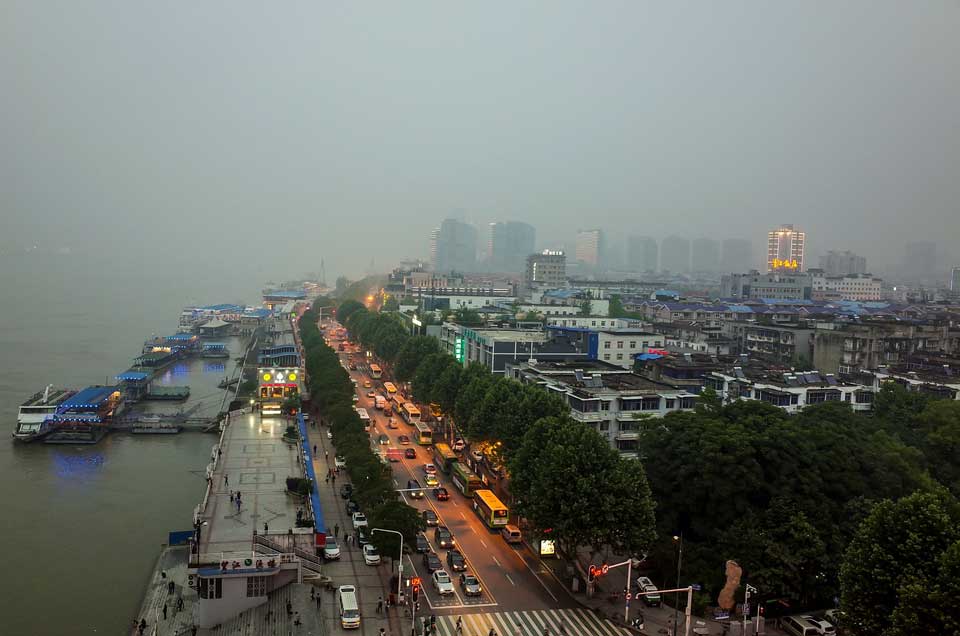
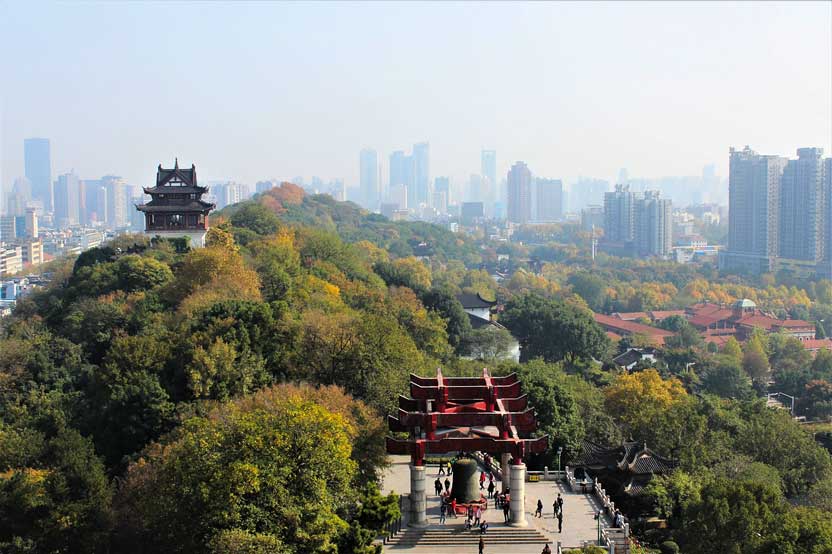
Wuhan is pronounced as “Woo-hahn.” The first syllable, “Woo,” sounds like the word “woo” in English, while the second syllable, “han,” is pronounced as “hahn” with a short “a” sound. So remember, it’s not “Woo-hen” or “Woo-han,” but “Woo-hahn.”
The primary language spoken in Wuhan, as in most of China, is Mandarin Chinese. Mandarin is the official language and serves as a common means of communication among the city’s residents. It is the language taught in schools, used in official settings, and understood by the majority of the population. Being the lingua franca, Mandarin facilitates interaction with locals and enhances your overall experience in Wuhan.
(For those of you who might not know what “lingua franca” means here’s a quick definition for you “a language that is adopted as a common language between speakers whose native languages are different.”)
However, Wuhan is also known for its local dialect, often referred to as Wuhanese or Hankou dialect. This dialect adds a unique flavor to the conversations you may encounter, with distinct pronunciation and vocabulary specific to the region. If you’re fortunate enough to engage with locals who speak the Wuhanese dialect, it can be a delightful way to immerse yourself in the local culture and linguistic nuances.
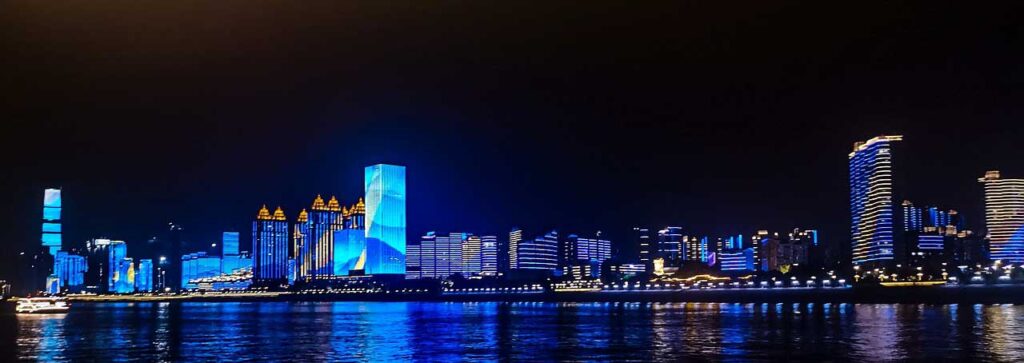
Wuhan boasts a rich heritage and is renowned for its contributions to Chinese history, culture, and science. It is often referred to as the “Chicago of China” due to its thriving economy and remarkable industrial growth. The city’s strategic location along the Yangtze River has made it an important transportation and trading hub for centuries. Today, Wuhan serves as a major center for industry, commerce, education, and research.
Wuhan is also known as the birthplace of the Wuchang Uprising, a significant event that took place in 1911 and led to the establishment of the Republic of China. This uprising played a pivotal role in the overthrow of the Qing dynasty, ending centuries of imperial rule in China. The revolutionary spirit of the Wuchang Uprising is commemorated through various historical sites and museums in Wuhan.
Moreover, Wuhan is home to several prestigious universities, including Wuhan University and Huazhong University of Science and Technology. These institutions have produced numerous notable scholars and have contributed to advancements in various fields, including medicine, engineering, and the arts. Wuhan’s emphasis on education and research has cemented its reputation as an intellectual center within China.
Wuhan is also home to many famous Chinese landmarks, for example, the Yellow Crane Tower, in the next section we will delve into the interesting history of this beautiful tower!
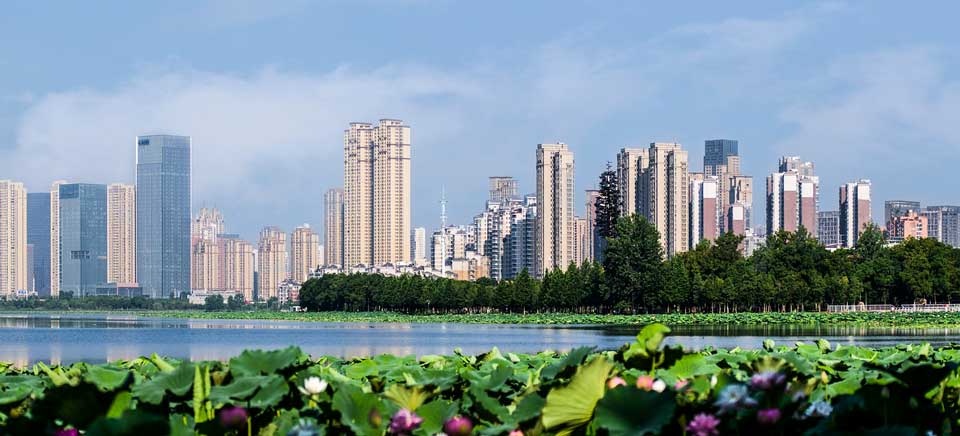
The Yellow Crane Tower is a legendary landmark in Wuhan, steeped in history and mythology. According to ancient tales, the tower was initially constructed during the Three Kingdoms period (220-280 AD) and has since been destroyed and rebuilt numerous times. The name “Yellow Crane” comes from a mythical creature believed to be able to carry people to heaven. The tower’s association with the Yellow Crane legend has captivated the imaginations of poets, artists, and scholars throughout history.
The Yellow Crane Tower stands majestically on the banks of the Yangtze River, offering breathtaking views of the city and the winding river. It has served as a muse for numerous poets and writers, who sought inspiration from its scenic vistas and the tranquility it represents. The tower has been immortalized in countless poems and literary works, becoming a symbol of Wuhan’s cultural heritage.
The current Yellow Crane Tower is a reconstruction that was completed in 1985, faithfully recreating the architectural style of the Ming Dynasty. It features intricate wooden structures, vibrant colors, and beautiful gardens. Inside the tower, you can explore exhibitions showcasing the tower’s history, cultural artifacts, and literary works inspired by its beauty.
Visiting the Yellow Crane Tower provides a glimpse into Wuhan’s rich past and offers panoramic views of the cityscape. Ascend the tower’s multiple levels to enjoy the sweeping vistas of the Yangtze River, the bustling city below, and the surrounding hills. The tower is particularly stunning during sunrise and sunset when the sky is painted with vibrant hues, casting a magical glow over the landscape.
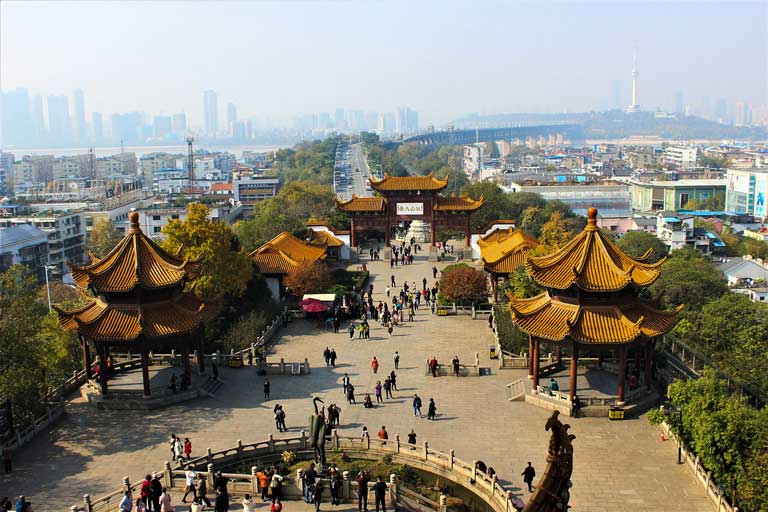
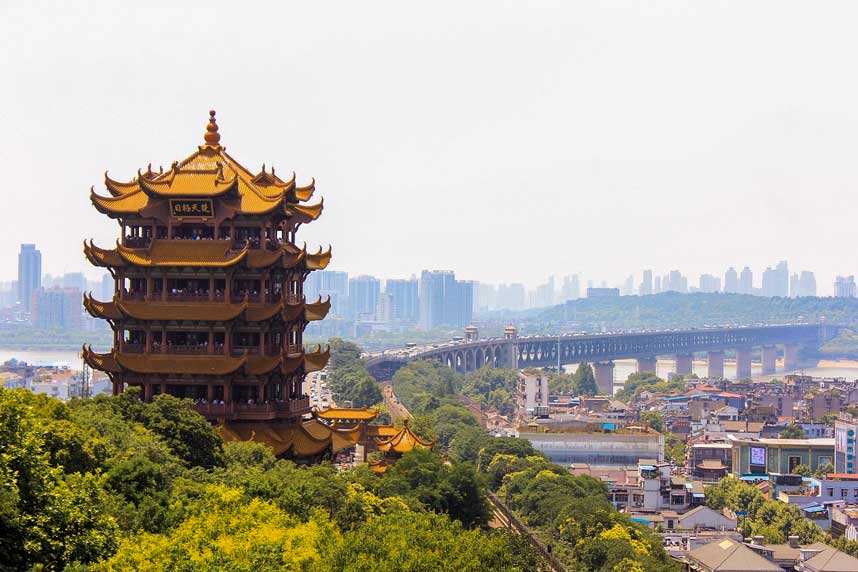
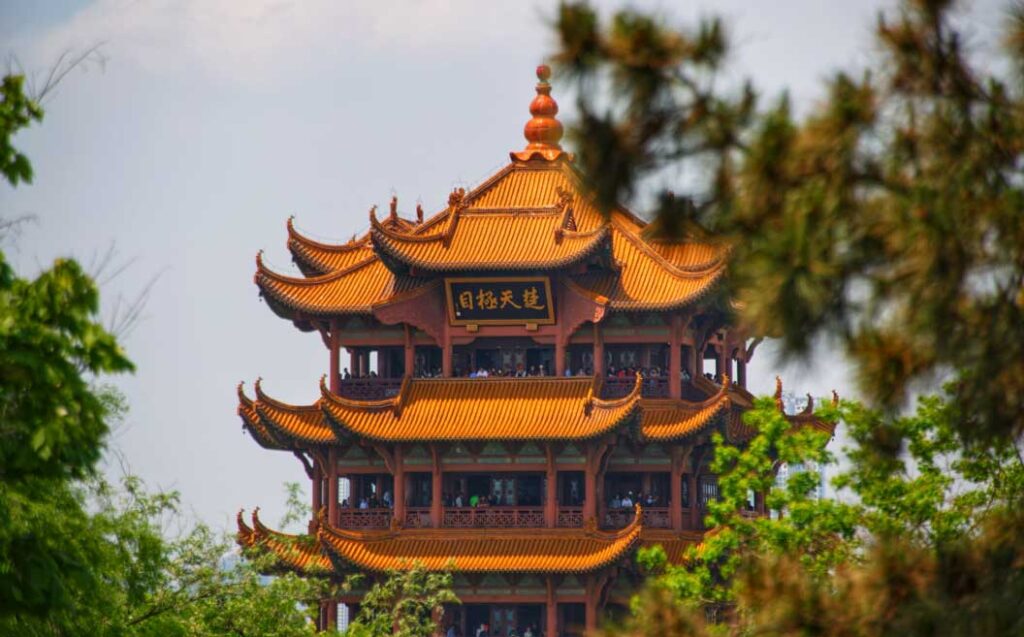
When it comes to culinary delights, Wuhan is famous for its mouthwatering cuisine. As a city that takes pride in its food culture, Wuhan offers a delectable array of dishes that will leave your taste buds craving for more. Exploring the local culinary scene is an adventure in itself, with every corner of the city boasting unique flavors and specialties.
One of the most popular local dishes in Wuhan is the iconic Hot Dry Noodles (Re Gan Mian). These noodles are stir-fried and seasoned with various spices, sesame paste, and soy sauce, creating a delightful combination of flavors and textures. Topped with finely chopped green onions, preserved vegetables, and occasionally minced meat or seafood, this dish is a Wuhan breakfast staple and a favorite among locals and visitors alike.
Another beloved dish is the Wuchang fish. This freshwater fish, often known as the Chinese snakehead fish, is steamed to perfection and served with ginger, green onions, soy sauce, and sometimes chili oil. The fish is prized for its tender, flaky meat and delicate flavors. It’s a must-try for seafood enthusiasts looking to savor Wuhan’s culinary delights.
Other local specialties include Steamed Soup Dumplings (Tang Bao), which are filled with a flavorful broth and minced pork, and Bean Skin Rolls (Doupi), a delicious combination of sticky rice, soybean sheets, and minced pork. Wontons in Chili Oil (Hong You Chao Shou) are also a popular choice, featuring delicate dumplings filled with seasoned ground meat, served in a spicy chili oil sauce.
To fully immerse yourself in the culinary culture of Wuhan, don’t miss out on exploring the city’s vibrant street food scene. Street stalls and night markets offer a wide range of snacks and small bites, including Griddle Cooked Flatbread (Jianbing), Stuffed Sticky Rice Balls (Tangyuan), Grilled Skewers (Chuan’r), and much more. These flavorful treats are perfect for an evening stroll, allowing you to sample a variety of local delights.
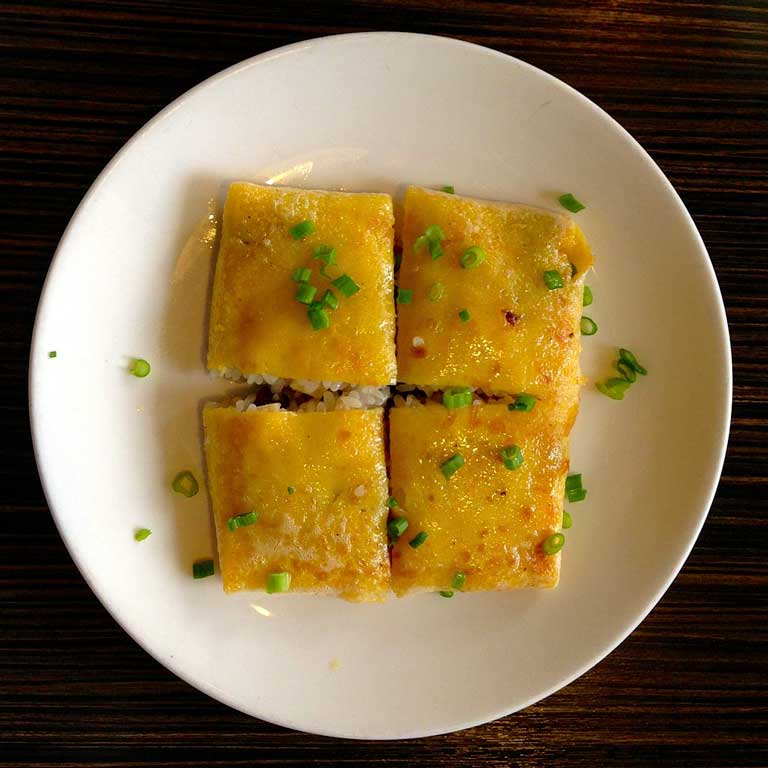
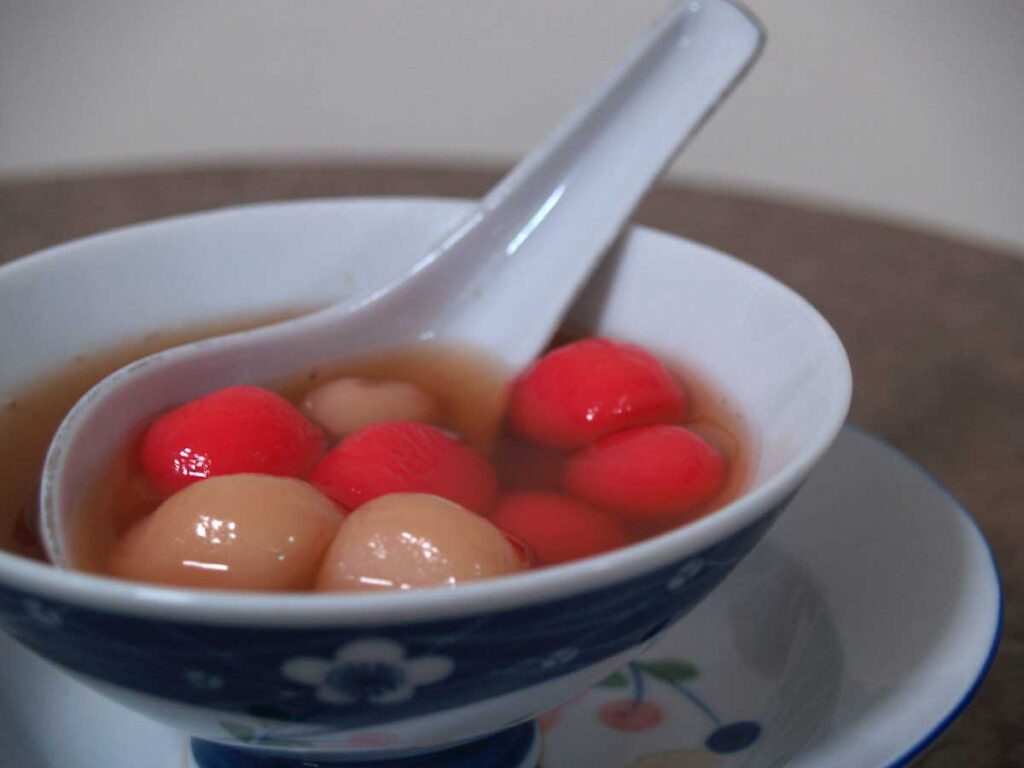
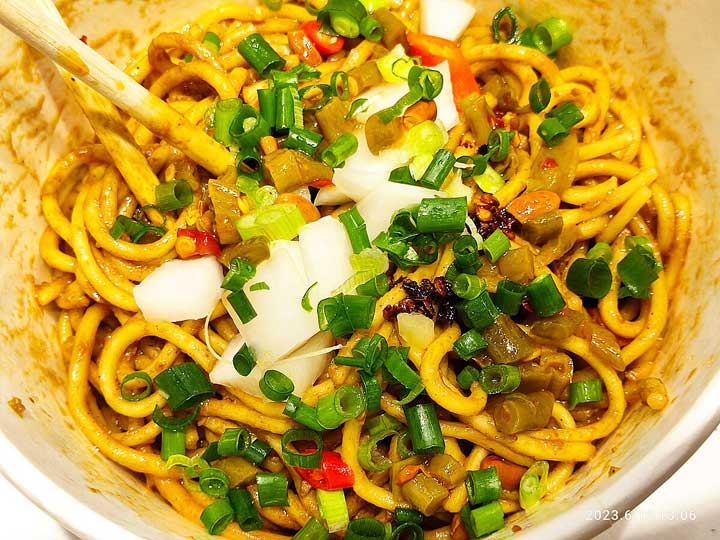
In conclusion, Wuhan is a vibrant city with a rich history, cultural significance, and a thriving culinary scene. It serves as a major hub in central China, offering a plethora of attractions and experiences for visitors to explore. Whether you’re fascinated by its ancient legends, mesmerized by its stunning landmarks, or eager to indulge in its delectable cuisine, Wuhan has something special to offer. So, pack your bags and get ready to immerse yourself in the charm of this remarkable city!
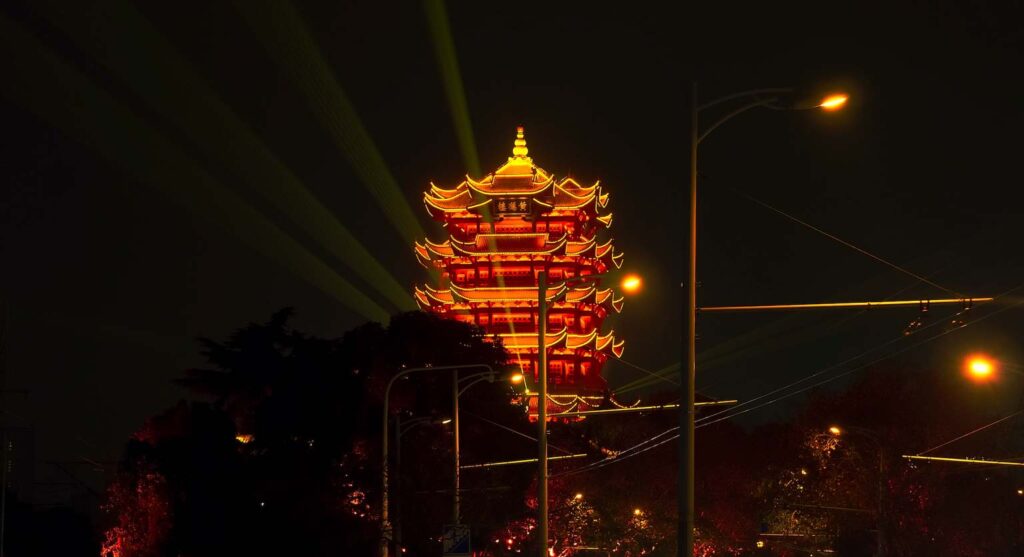
If you enjoyed this article and would like to see a similar one please click here to see our article on Tianjin FAQs: Exploring this Chinese Sea Side city!
And lastly, if you would like to read our article where we compile the largest cities in China please click here to see The 15 largest cities in China!